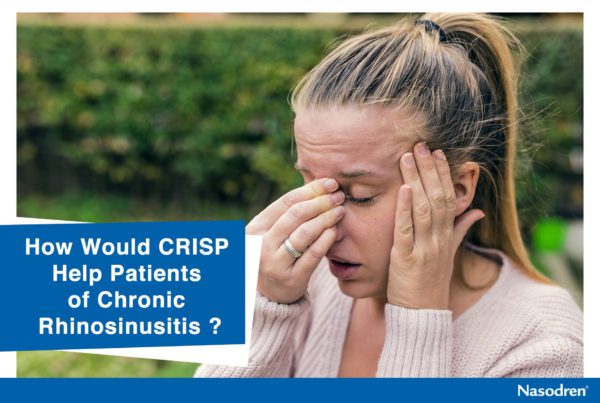Pharmaceutical indication
This is the professional service in response to the query of a patient or user who enters the pharmacy without knowing which medication to buy and asks the pharmacist about the best remedy for a specific health problem. If the service requires dispensing a medication, this is to be done in accordance with the previous dispensing protocol.
In response to a request for a solution to alleviate the symptoms of rhinosinusitis, the pharmacist must consider the following:
Who is making the inquiry?
Identify the person who is to receive the medication. If this is a child, we should take into account that rhinosinusitis is more frequent in children than adults and that they present more complications, such as otitis and chronification.
What are the characteristic symptoms that confirm a diagnosis of rhinosinusitis?
Rhinosinusitis is a pathology that is confirmed when there is nasal blockage due to congestion/obstruction and/or rhinorrhea/nasal secretion. Most common colds involve rhinosinusitis.
What are the other symptoms we might encounter?
• Facial pain with pressure, forehead pain and headaches.
• Reduction or loss of smell (hyposmia or anosmia).
• Pain when moving the eyes, coughing or blowing the nose.
In exceptional cases there may also be:
• Fever.
• Coughing.
• Fatigue.
• Dental pain.
• Post-nasal drip.
When should we refer to a doctor?
When symptoms persist or there is facial pain for approximately 8 days or in case of fever.
How can we prevent rhinosinusitis?
• Drink plenty of water (1.5–2 litres/day) to increase moisture.
• Avoid smoke and pollutants.
• Reduce or eliminate tobacco use.
• Wash the hands frequently.
• Eat plenty of fruits and vegetables, which are rich in anti-oxidants and vitamins that can strengthen the immune system.
• Reduce stress.
• Use a humidifier to increase moisture in the nose and sinuses.
Is it necessary to treat the symptoms?
Yes, because this provides symptomatic relief, accelerates resolution of the condition, prevents possible complications and prevents progression to the chronic form.
The overall aim of the treatment is to:
o Eliminate the accumulated mucus. o Avoid infection. o Reduce inflammation and swelling.







